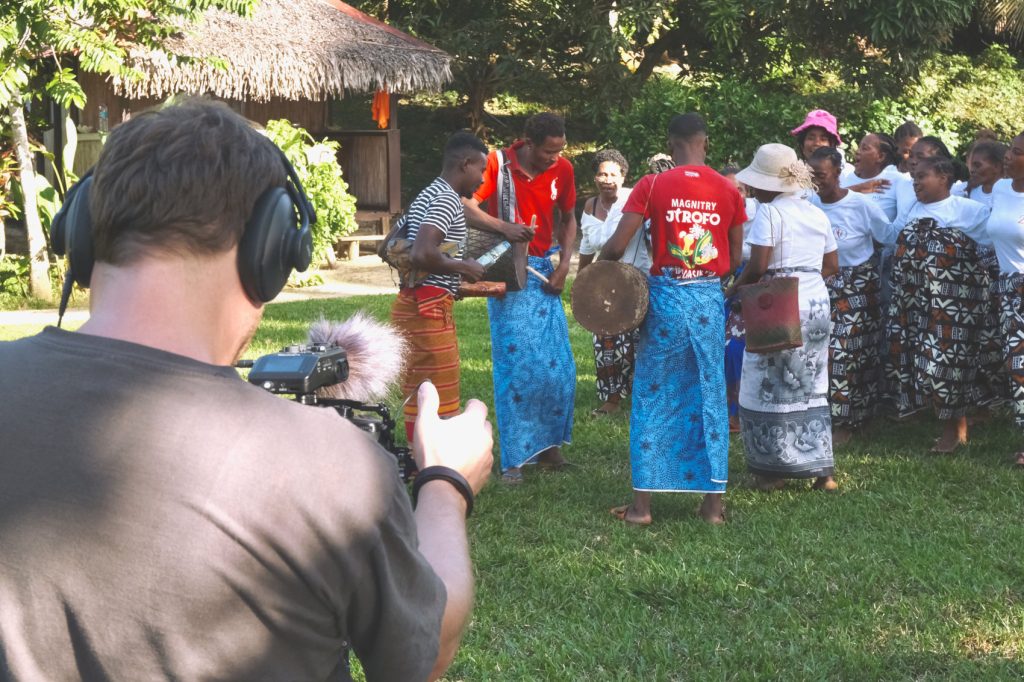
Salama! Welcome back! The last few days in Madagascar have enriched us with further inspiring experiences and reflections on the vibrant and colorful Malagasy culture and customs. After a brief stay in Ambodifototra, laden with backpacks and gear, we made the nearly two-hour journey in local tuk tuks towards our next location – picturesque Ifotatra, a small village located in the northern part of the island of Sainte-Marie (Nosy Boraha). The noise of city life gave way to the soothing soundscape of jungle and ocean. Welcomed by the local community and the abundant local fauna, represented by massive whales, agile lizards or huge moths (and even cockroaches), we picked up steam to continue our research with even more energy.
On July 16, we had the great pleasure of observing and recording a performance by the local Viavy Mitambatra Ifotatra women’s ensemble (which can be translated as “Community of Ifotatra Women”). The female performers were accompanied by a four-member male ensemble realizing the percussion layer on bingy drums and kaiamba rattles. Performed by the women of Ifotatra, we heard songs accompanied by dances that are an integral part of local rituals. Among other things, the group presented a dance attributed to a ceremony called tromba – that is, the invocation of a spirit that comes to the participants of the ritual through a medium. Those taking part in the ritual are splashed with water, which has the function of purifying and repelling evil energy; these actions were a preparation for the blessing. As whales swam past the island, the group performed a joyful whale dance, expressing admiration for these great – according to their beliefs – gods of the sea. The women of Ifotatra also portrayed with dance and song elements of daily life, such as fishing (including the gradual tightening of the circle to chase the fish into woven baskets); the stages of the ritual slaughter of the zebu (a species of cattle), along with a vigorous thanksgiving song performed around the bound, lying animal on the ground. Most of the songs were accompanied by the popular totodia dance step, a joyful stomping to the rhythm of the music.
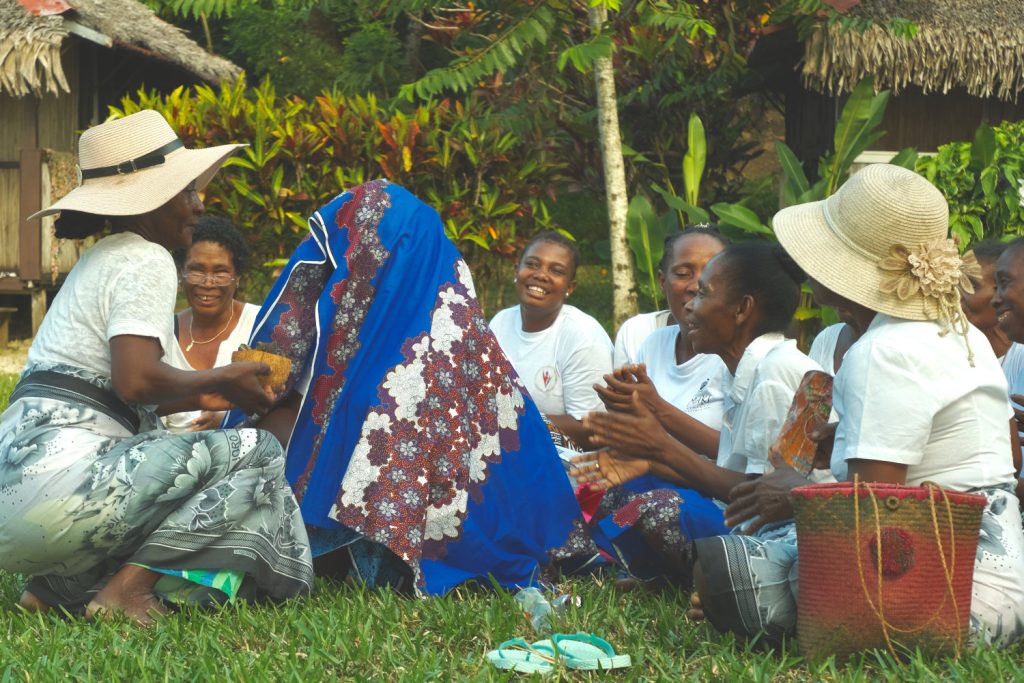
“Ifotatra Women’s Solidarity” is an initiative open to any villager – as they said, if any woman can’t sing, all she has to do is want to dance so she can join the group. The sense of community is very strong in this community, as is a deep-rooted peace and desire to exist in symbiosis with the surrounding nature. This is what allows the residents of Sainte-Marie not only to survive, but above all to live happily and appreciate each day, despite various adversities. This harmony with the world and joy of life we can all learn from them.
Video reports from the first week of our research are coming soon!
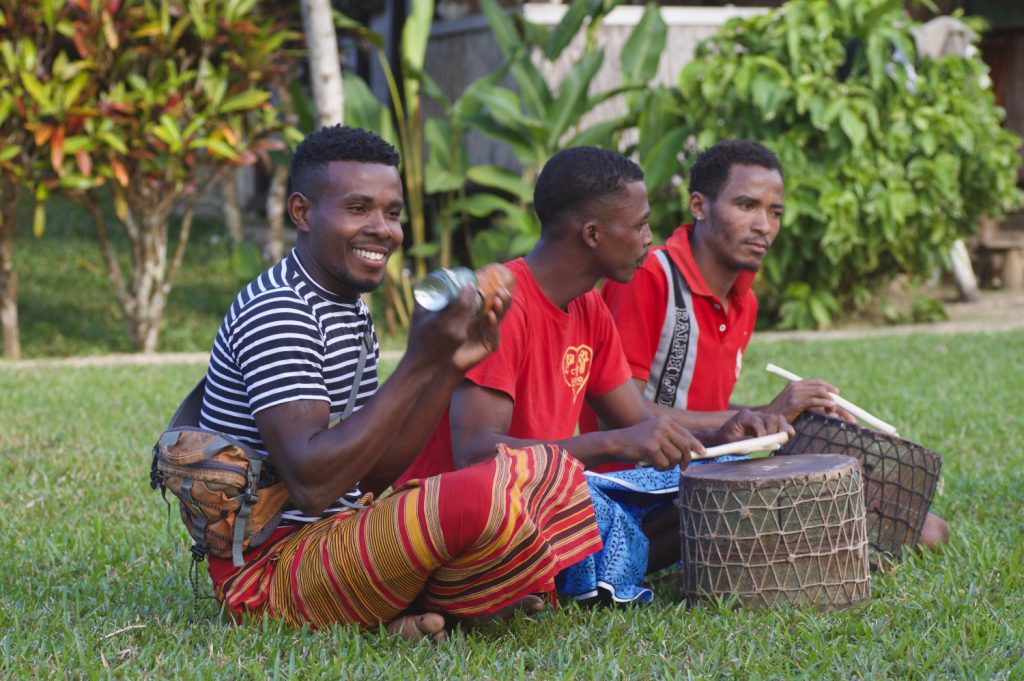
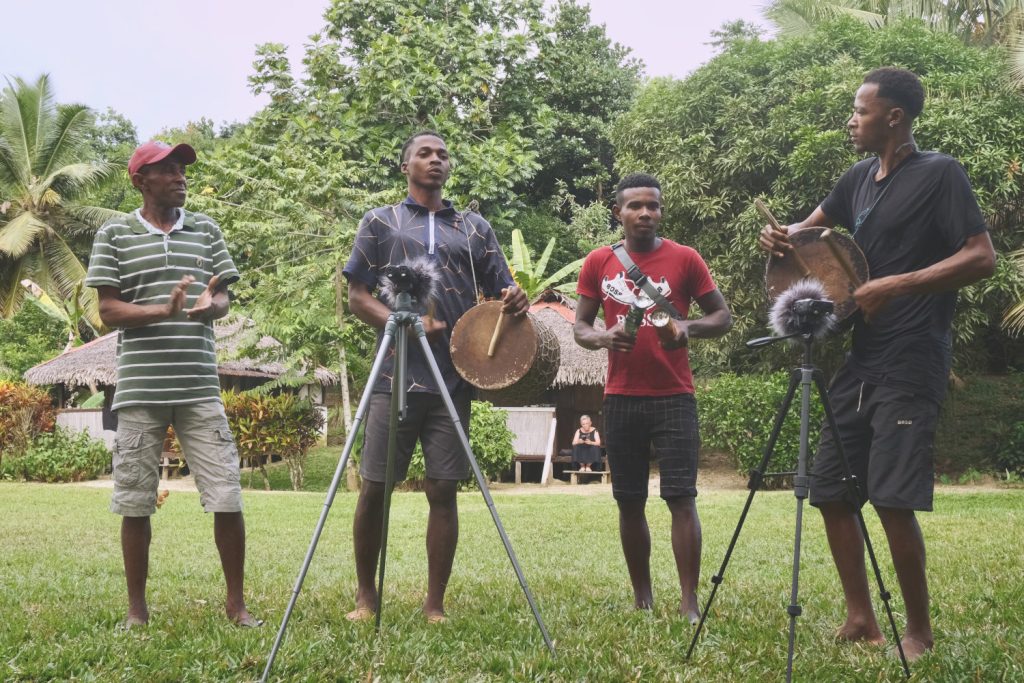
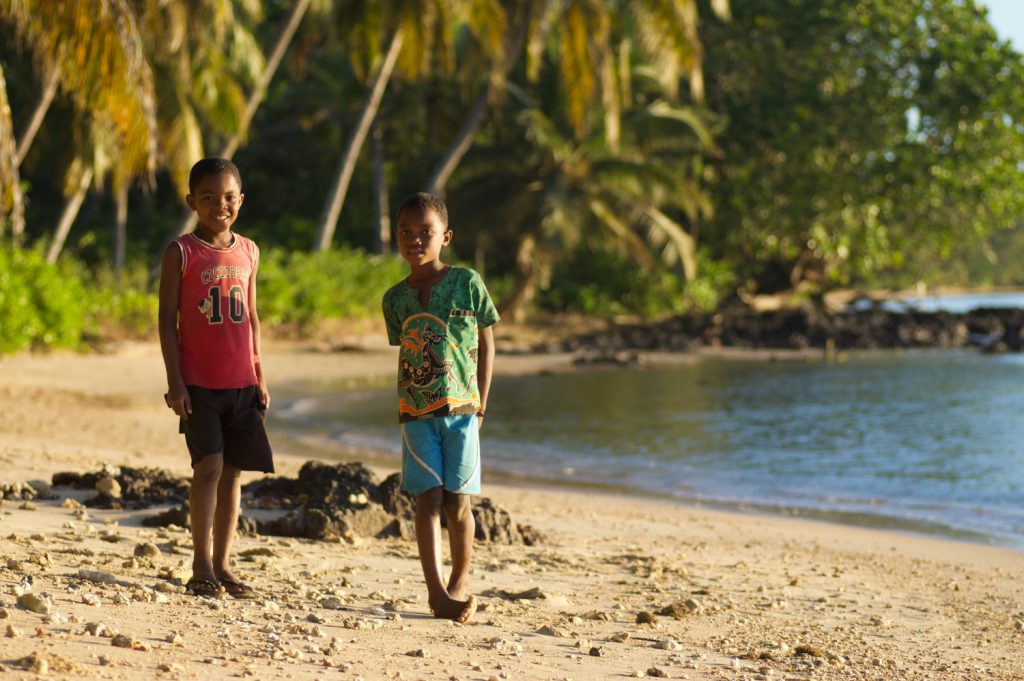
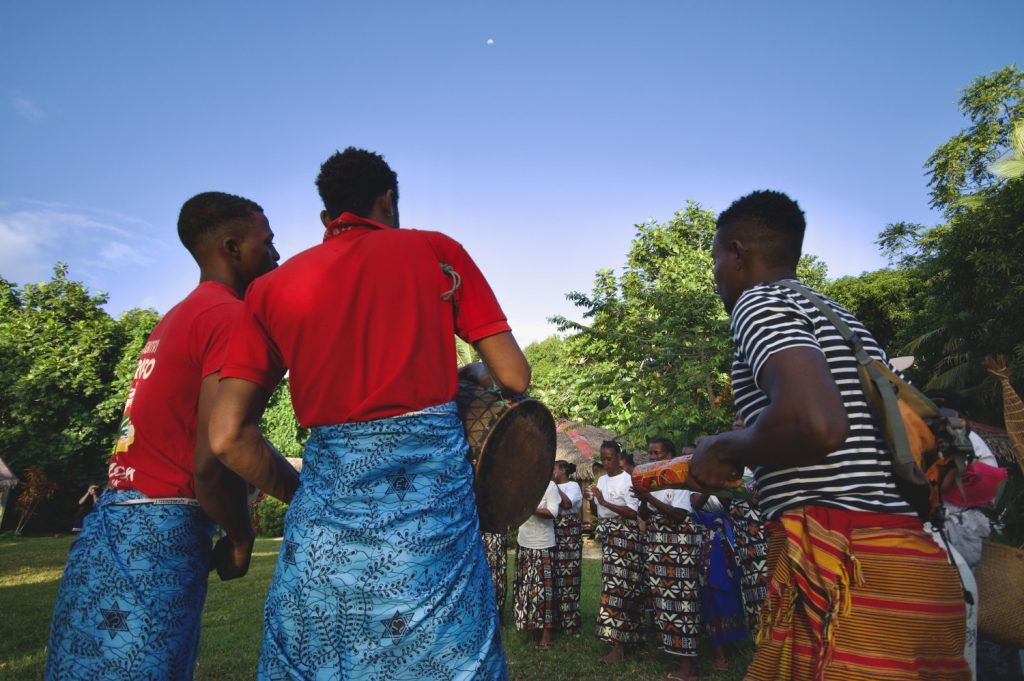

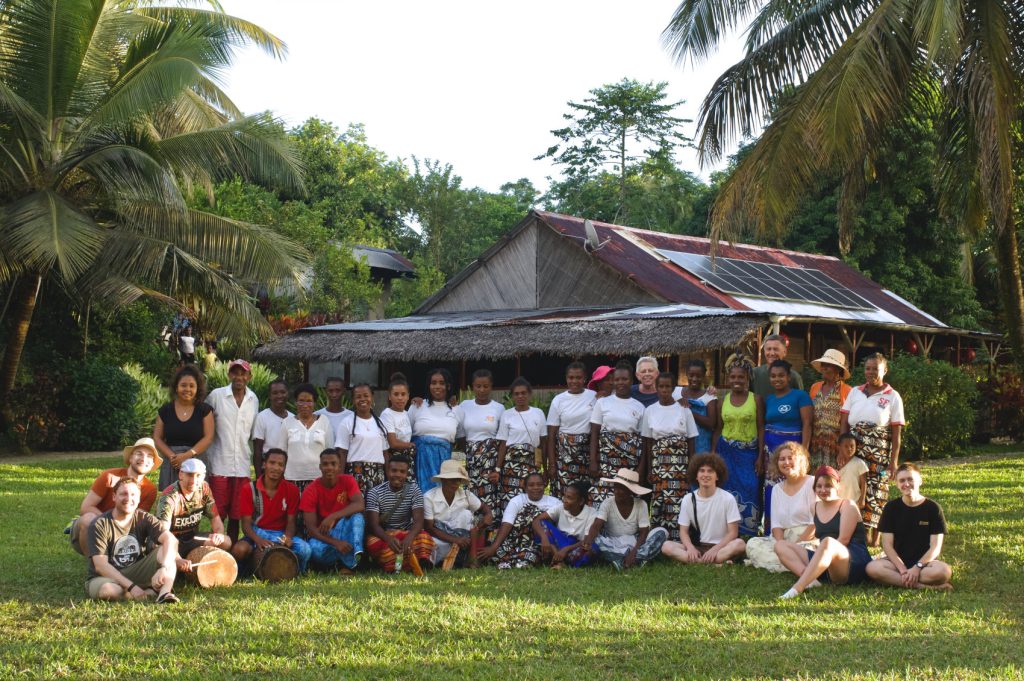
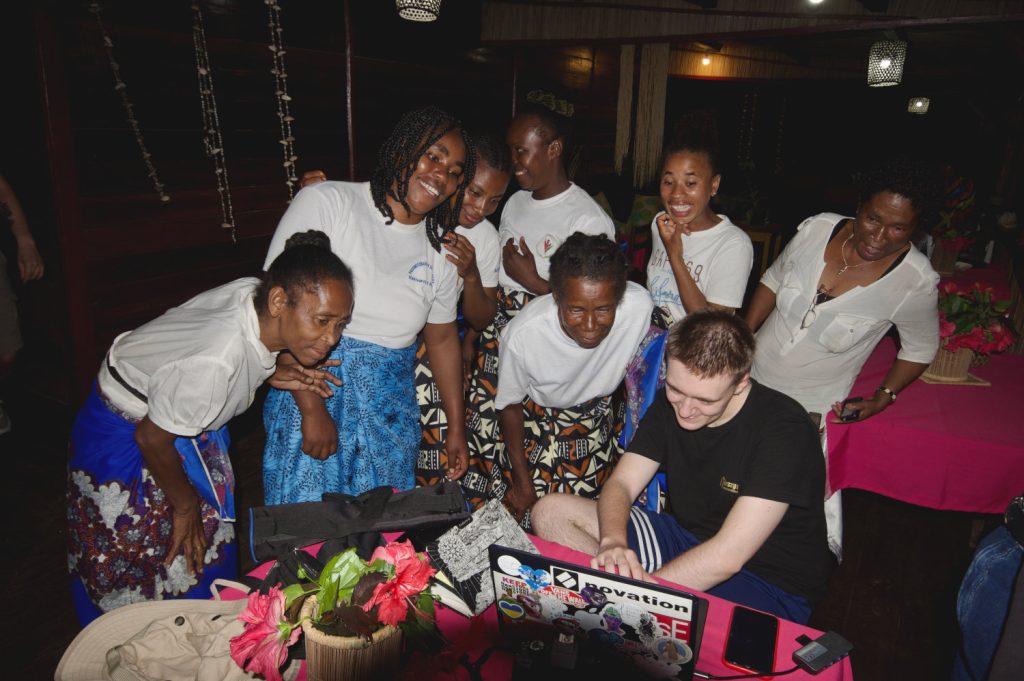
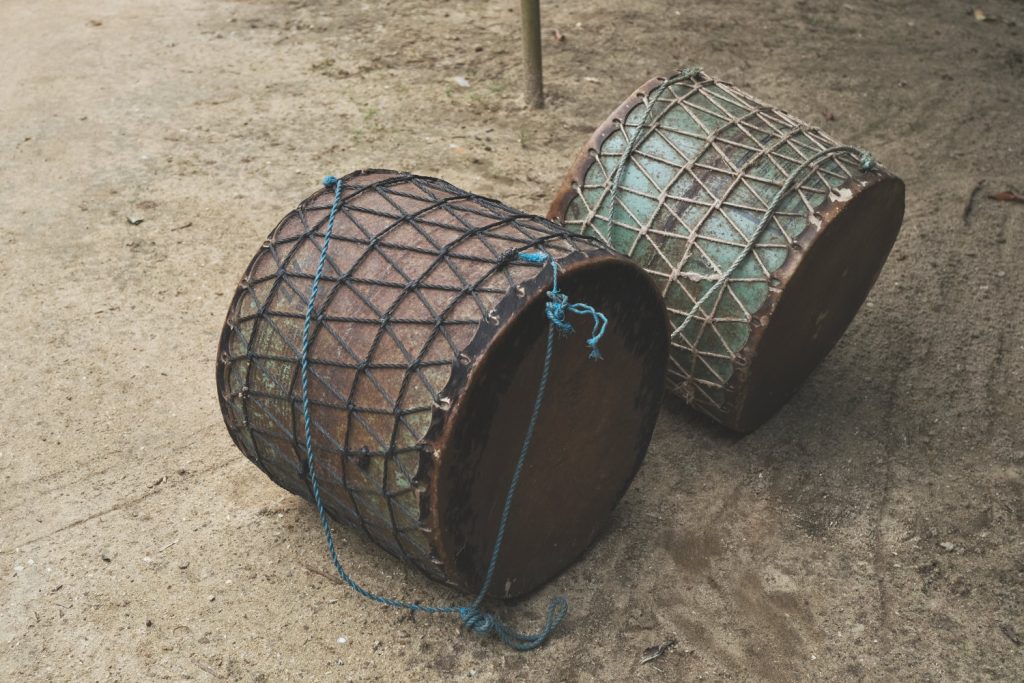

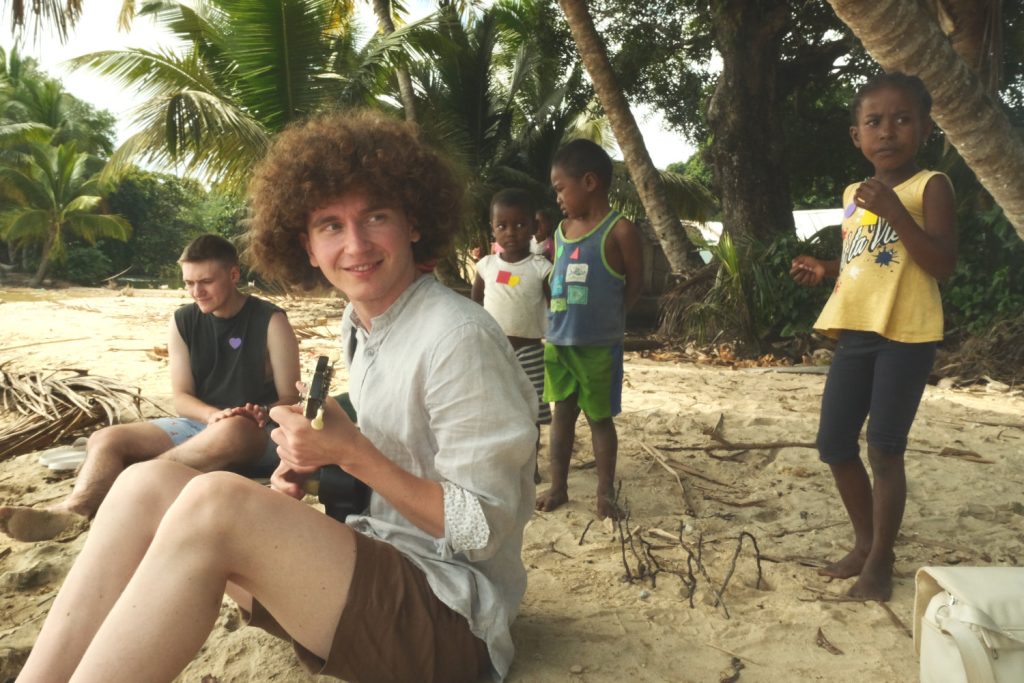
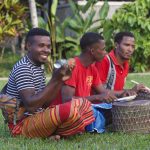
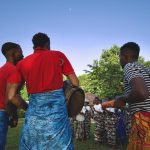
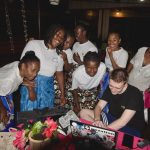
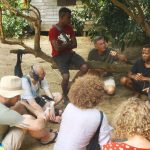
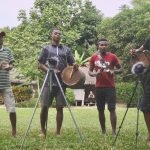
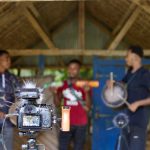
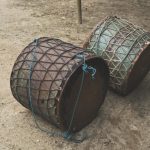



Fot. Joanna Kwapień, Łukasz Smoluch
